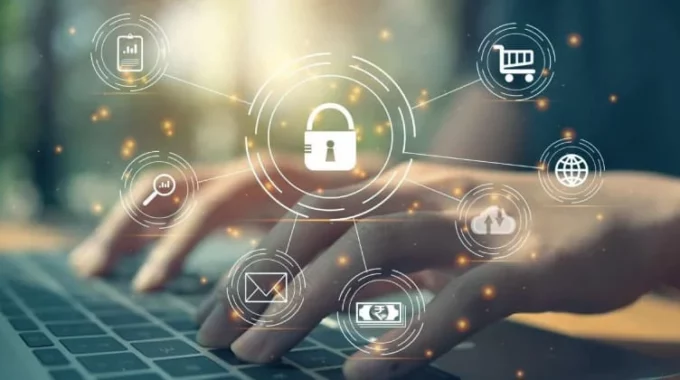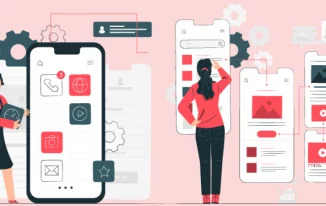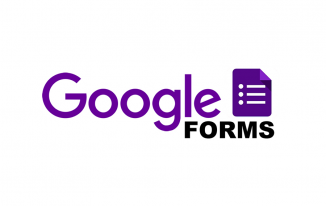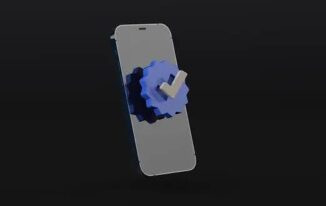Any company that stores, organizes, and processes customer data is at risk of a data breach. This includes big-shot companies like Twitter to small-scale businesses.
If your business collects user data, then you have to take steps to ensure that a data breach doesn’t takes place. By doing this you are protecting critical information and your brand’s reputation.
Important customer data privacy regulations
Different governments throughout the world have imposed data privacy laws for protecting user data.
These laws dictate how consumer data can be collected, processed, stored, and utilized by organizations. They are supposed to protect and safeguard consumer data from breaches.
1. GDPR
GDPR laws are applicable to any company that operates in a country that collects data from EU citizens. It dictates how companies collect, use, transmit, and secure user data. Organizations that fail to comply with this law can be fined over 20 million USD.
2. U.S. Data Privacy Laws
The U.S. doesn’t have a single privacy law but there are different sector or state-related laws. For example, the health insurance portability and accounting act ensures that the privacy of patients in the US is protected.
Similarly, the California Consumer Privacy Act (CCPA) controls how companies can collect the personal information of citizens of California.
Using cookie consent banners can ensure that you are in compliance with both these laws.
3. Industry-related privacy standards
Customer data privacy laws have been created by a few industry bodies.
One such example could be the PCI-DSS, which applies to all the merchants that collect credit card information globally.
This law is not enforced by a government body but any merchant who wants to work with the credit card company must adhere to these laws. The goal is to ensure that the credit card information of users is safe when they are doing business. This improves the safety of making a purchase and reduces crimes like credit card fraud.
What are some of the biggest threats to user privacy and data security?
Data is being generated, collected, and stored at a rapid pace today. There are a few common threats that target both the privacy of the user data and the security.
1. Phishing scams
In phishing scams, the attacker sends an email that contains a malicious link but it appears that it is from a trusted source. That is why users generally don’t mind clicking on such links. When the user clicks on the link, they are directed to a website where they will be asked to provide their personal information.
This is how the attacker steals personal user information. There is also the scarier alternative where the user opens the link which compromises the device and now the attacker has access to resources on the enterprise network. The second type of attack generally causes more damage.
You need to invest in an anti-phishing solution for your business to ensure that all the emails you receive are actually from a genuine source.
2. Malware and Ransomware
In a ransomware attack, the hacker attacks the corporate devices with malware that locks out the user out of their device. In exchange of the decryption key, the hacker then demands a hefty ransom from the victims.
3. Insider threats
An organization has multiple employees and all of them are not equally educated when it comes to cyber security. Some of the employees may indulge in activities that can increase the probability of an attack.
For example, an employee may share the password of their device with highly important data with their friends. Another example is storing highly critical information in a public folder.
Such mistakes often lead to accidental data leaks and if you work in a big organization, then they can also make the news.
The point is not to scare you but you should take all the necessary steps to ensure that you are not a threat to your organization. If you run a business or manage a team, then it is important to educate them on the same.
4. Software vulnerabilities
You need to ensure that you are using up-to-date software because any vulnerabilities there can lead to an attack. If you are not using the best software in your organization and not making timely updates, then attackers can use this as an opportunity to launch an attack.
10 best practices to protect customer data privacy
Enough of the cyber attack scare, use these ten practices to protect your valuable customer data.
1. Know which information you are collecting
You need to understand the type of data you collect from users, who utilizes it, and where it is stored. It is important to know these basics if you want to protect user data.
You should also know how sensitive the data actually is and then take steps to protect it accordingly.
You can conduct a data audit to identify the type of data your enterprise collects. Then you can categorize each data type according to sensitivity, usability, and need for accessibility. Then, you need to prepare a file to recognize which type of data needs to be protected and recognize the data laws that are applicable to your organization.
2. Only collect essential data
You can minimize your obligations by ensuring that you collect data that you need for business use. Collaborate with your teams to recognize data points that are essential for your organization. Then, update your website or application accordingly.
3. Publish a transparent privacy policy
Curating a privacy policy and publishing it on your website is extremely important as now all the customers are aware of how you will use their data. You can also communicate the laws that your company follows and how their data will be used.
Other than that, you can also communicate the steps you take to prevent a data breach in the privacy policy.
4. Encrypt sensitive data
Use 256-key bit length encryption to secure data in emails and file-level encryption to protect data on systems and servers. Now you have ensured that all the collected and in transit data is encrypted.
Keep taking regular data backups and store the backups in a secure location. Now, you will not have to pay ransom in case you are a victim of a ransomware attack.
Overall, encrypting sensitive data is highly recommended for businesses.
5. Protect yourself against phishing scams
You need to add an email spam filter throughout your organization to protect yourself from a phishing attack.
Other than that, you need to ensure that you are using top-notch anti-malware and anti-virus software.
6. Update your software
If you want to protect customer data privacy, then you need to update the different software your company uses. Hackers often take advantage of old hardware and software.
That is why most of your software vendors release updates and security patches. You need to ensure that you are up to date on all the recent updates. If you fail to do so, then one of your devices can be breached.
7. Implement multi-factor authentication
Multi-factor authentication requires you to provide an additional authentication factor other than just a password. Even if a hacker successfully decodes the password, they still need access to the second factor for authentication.
This makes you less susceptible to attacks. While 2FA requires you to provide authentication just once, MFA requires different types of authentication multiple times. It becomes impossible to get access to a critical device that is secured by MFA.
8. Provide cybersecurity education
One of the key reasons that an organization becomes a victim of a cyber attack is because its employees are not trained on how to do their work while practicing cyber hygiene or discipline.
You can provide them with educational training on how different attacks happen so that they can see the signs and hopefully avoid them.
9. Limit access to data
Create an organizational structure and try to figure out which tier of employees need to have access to which information. This will ensure that people only know information that is related to their role.
10. Create data protection infrastructure
You need to create an in-detail data protection infrastructure that includes the following tools:
- Antivirus and anti-malware
- Anti-adware and anti-spyware tools
- Next-gen web firewall
- Pop-up blockers
- Endpoint detection and response tools
- Password manager
- Vulnerability scanner
- Multi-Factor Authentication (MFA)
Having all these tools and practices in your organization will ensure that the user data is always secure. Your organization becomes unbreachable!
Protect your customers and business from security threats
The frequency of data breaches and hacks has increased in the following years.
In the last five years, hackers have targeted high-level organizations which have affected the privacy of millions of users. Any hack negatively affects your business reputation and it is overall bad for your business operations. It is hard to win a customer’s trust and easy to lose it.
That is why you should start applying these simple ten practices to ensure that your business is safe from the beginning itself!





